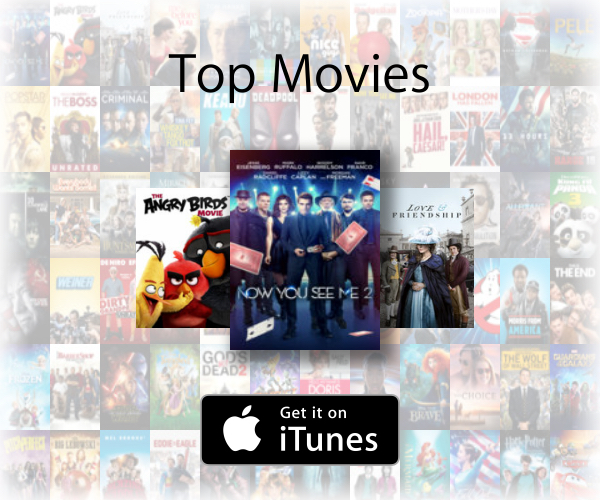Take this one with a big grain of salt: according to the Q3 2016 State of Mobile Device Performance and Health report released today by Blancco Technology Group, Apple’s iPhones and iPads fail at a rate of 62% globally, compared to the 47% failure rate of Android devices.
On July 6, 2016, the augmented reality game Pokemon GO was released in North America, Australia and New Zealand. Within days of its launch, the game became an overnight sensation. Data from SensorTower estimates that the average iPhone user spends 33 minutes in Pokémon GO, which is more than Facebook, Snapchat, Twitter and Instagram. However, users’ obsession with the game also caused the app to crash frequently and the server to go down for many users, according to Blancco. The provider of mobile device diagnostics and data erasure solutions says this is supported by their Q3 2016 mobile diagnostics data, which found that the Pokemon GO app was highly prone to crash on iOS devices (5%).

“Our data suggests that the problems resulting from playing Pokemon GO were not only limited to iOS users,” Richard Stiennon, chief strategy officer of Blancco Technology Group, says in a press release. “Battery charging ranked in the list of the top five performance issues plaguing Android devices in Q3 2016. Since users must keep both their device screen and GPS on in order to play the virtual reality game, both of these functions are known to drain the device’s battery charge.”
The Q3 2016 trend report also claims that:
- Newer iPhone and iPad models struggled with higher failure rates, including iPhone 6 (13%), iPhone 6s (9%), iPhone 5s (9%) and iPad Air 2 (2%).
- Apps crashed on 65% of iOS devices, which is nearly triple the rate of crashing apps on Android devices (25%).
- Pokemon GO app ranked as one of the most unstable iOS apps (5%), while the Google Play Services app crashed frequently (10%) on Android devices.
- LeEco’s Le 2 had the highest failure rate (13%) among the failing Android devices, followed by Xiaomi’s Redmi 3S (9%), Xiaomi’s Redmi Note 3 (9%), Samsung’s Galaxy S7 Edge (5%) and Lenovo’s Vibe K5 Note (4%).
- Android users worldwide experienced repeated difficulties with their devices’ battery charging (7%) and screens (6%).
I’m dubious of this report. On its website there’s no info on how the data was compiled. It also goes against other reports. After tying with Samsung last year in terms of smartphone satisfaction, Apple has edged past its rival to take the top spot this year, according to the most recent American Customer Satisfaction Index report. In terms of customer satisfaction Apple is the most popular smartphone brand among U.S. carrier subscribers, according to two new J.D. Power studies. Also, according to J.D. Power, Apple ranks highest in overall satisfaction among tablet makers.

